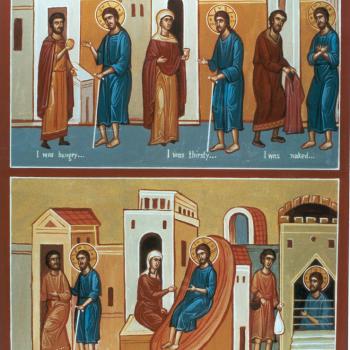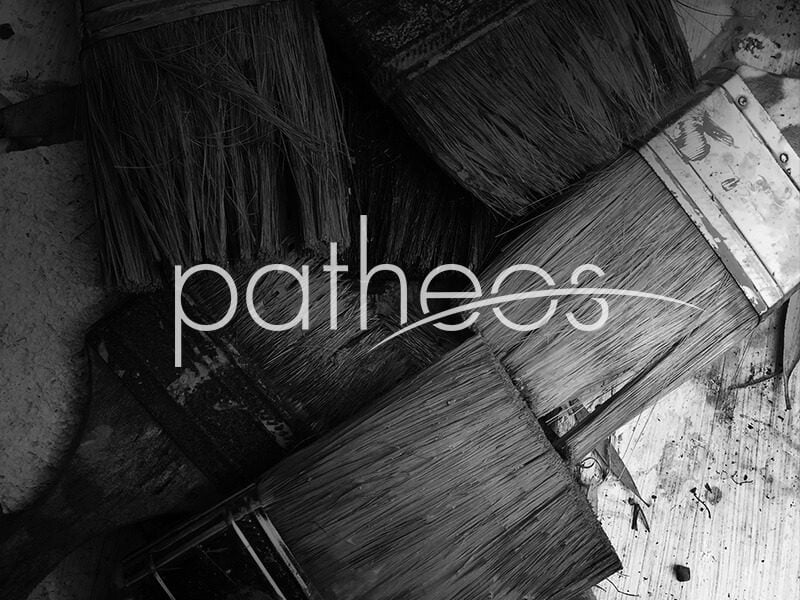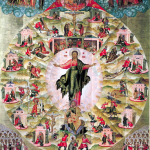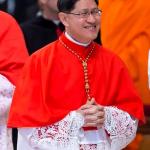Yr. Obdt. Svt. on the Church Marian dogmas over at Northwest Catholic:
A great deal of confusion surrounds the four Marian dogmas, not only concerning the meaning of Mary, but also concerning the meaning of dogma.
Dogma does not mean the forbiddance of thought, but the conclusion — it’s what you get when you have thought something through to the end. So, for instance, when the question of just exactly who Jesus was arose in the fourth century (archangel? little-g godlet? big-G God? something else?), the church at the Council of Nicaea looked at its tradition, both written and unwritten, and stated clearly what it had always believed but never expressed with perfect clarity: that Jesus was not a creature like an archangel, but “God from God, Light from Light, true God from true God, begotten, not made, consubstantial with the Father.”
The church has done the same thing over time with various other data given to her via the written and unwritten tradition handed down by the apostles. And that tradition — the common life, common worship and common teaching of the church — concerns not simply Jesus Christ, but also the Blessed Virgin Mary. For she is one who, by her freely chosen “Yes,” gave to God the Son the human flesh by which he wrought the salvation of the world, and it is she who is the first guardian of the faith, the icon of the church and the model disciple.
Mother of God
That the incarnation of the Word made flesh binds Mary to Jesus is best seen in the story of Nestorius. He was a fifth-century bishop and theologian who disliked the fact that the Word really and truly became flesh. Zealous for the holiness and purity of God, he developed a theory that portrayed Jesus as basically two people occupying the same head. One of them was the spiritual Logos: God the Son. The other was an ordinary guy named Jesus who was more or less occupied by the Logos as gas fills a balloon.
Accordingly, Nestorius said the man Jesus took his humanity from Mary. But the Logos had nothing to do with Mary. Therefore, Nestorius forbade the immemorial practice of hailing Mary as Theotokos (meaning “God Bearer” or “Mother of God”). Instead, he insisted she be called Christotokos, or Christ Bearer.
The problem with this theory, as the church saw, is that Jesus becomes unable to save us since he’s no longer the God-Man, bearing our sins to the cross and rising to give us his divine life. If Jesus does not share the divine nature, he cannot share it with us.
So the Council of Ephesus (A.D. 431) reasserted the basic apostolic teaching that Jesus is true God and true man — that is, it taught 1) that Jesus had two natures (divine and human) united in one person, and 2) that Mary was the mother of that person. The math was extremely simple and biblical: Jesus is God, and Mary is Jesus’ mother. Therefore, we ought to go on doing as we have done for centuries and hail her as Theotokos.
In short, the point about the Theotokos is that the point is not about the Theotokos, but about Jesus. And indeed, that is the pattern for every Marian dogma: The thing about Mary is that the thing is never really about Mary. Every Marian dogma protects some truth crucial to understanding who Jesus is, and therefore who we are. For, as Pope St. John Paul II points out, Jesus does not just reveal the Father to us, he reveals us to ourselves.















